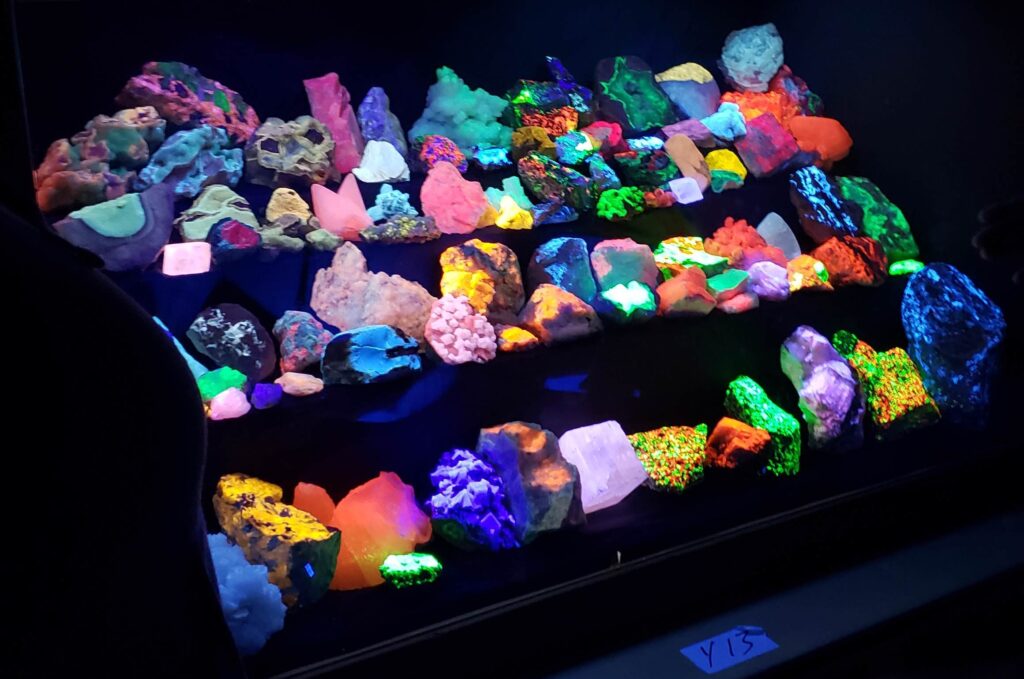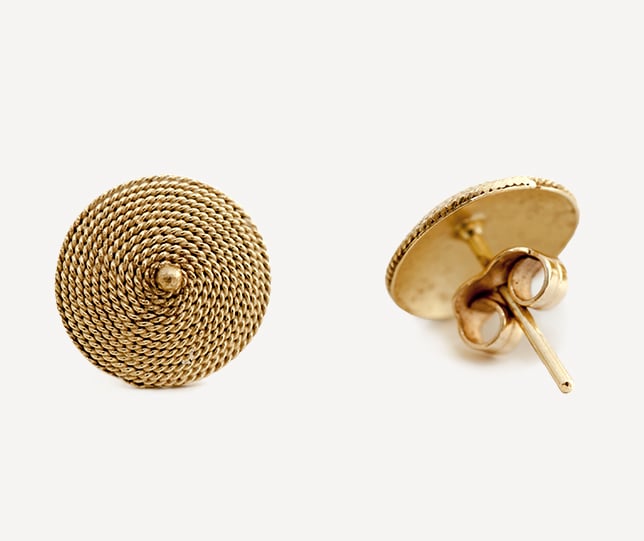The diamond is a timeless emblem of loyalty, love, and passion that transcends its physical beauty. The Greek word Adamas, which means “unconquerable,” is where the stone’s name originates. The diamond’s historical memorial of eternal love fits perfectly with this symbolic meaning.
Although the youngest of these deposits developed 900 million years ago, India’s oldest diamonds were discovered in the fourth century. Most of these ancient stones were transported through the Silk Road, a trade route network connecting China and India. When they were first discovered, diamonds were prized for their durability and brilliance and their capacity to refract light and etch metal. In addition to being employed as cutting implements and talismans to fend off evil, diamonds were also worn as ornaments and thought to offer protection in combat. In the Middle Ages, diamonds were also employed as a medicine and believed to have healing properties when consumed.
Surprisingly, coal and diamonds have some similarities. The most prevalent element on earth, carbon, makes up both. The arrangement of the carbon atoms and the process used to create the carbon distinguish diamonds from coal. When carbon is exposed to the extraordinarily high pressures and temperatures in the earth’s lithosphere, which is located between 90 and 240 miles below the planet’s surface, diamonds are produced. India was believed to be the only source of diamonds up to the 18th century. The search for alternative supplies started when the Indian diamond mines became dry. Even if a minor deposit was discovered in Brazil in 1725, there wasn’t enough of it to satisfy global demand.
Erasmus Jacobs, then 15 years later, discovered what he initially believed to be an ordinary pebble while investigating the Orange River’s banks in 1866. It turned out to be a 21.25-carat diamond. On a little hill known as Colesberg Kopje, a massive 83.50-carat deposit was discovered in 1871. Following the discovery of these diamonds, the area saw an influx of thousands of prospectors looking for diamonds, which resulted in the opening of the first significant mining operation, later known as the Kimberly Mine. This recently discovered diamond source significantly increased the world’s supply of diamonds, which led to a considerable decline in their value. The wealthy no longer regarded diamonds as a rarity and started using colored gemstones instead of this “common” stone. To regulate the supply of diamonds, Englishman Cecil John Rhodes founded De Beers Consolidated Mines, Ltd. in 1880. Although DeBeers effectively limited the collection of diamonds, there was little demand for precious stones. Diamond prices had decreased by about 50% by 1919.

The Romans’ betrothal (truth) rings are one example of how rings have been used as a sign of commitment since antiquity. These early rings were worn on the left hand’s third finger and were frequently made from twisted copper or braided hair. The ring’s placement was essential because the Romans thought the vena amorous, a vein in the third finger, led directly to the heart. Romans did not
always view betrothal rings as symbols of the marriage ceremony; instead, they were often offered as tokens of love or friendship.
Pope Innocent III, one of the most influential popes of the Middle Ages, established a waiting period between marriage and the wedding ceremony in 1215, thus beginning the history of the engagement ring. The rings served as a temporary symbol of the couple’s commitment. Around this time, wedding rings became a significant part of the ritual, and the Roman government decreed that all marriage rituals must occur in a church. These early rings symbolized social status and were signs of impending marriage; only the affluent were allowed to wear elaborate rings or rings studded with diamonds.
When Archduke Maximilian of Austria proposed to Mary of Burgundy in 1477, it was the first time a diamond engagement ring was documented. Despite the widespread use of engagement rings during the period, diamonds were a rare commodity and were only worn by royalty and members of the upper class.
A Contemporary Renewal
The catchphrase “A diamond is everlasting” was created in 1947 when DeBeers hired renowned advertising firm N.W. Ayer. The foundation of this extensive marketing effort was the idea that diamond engagement rings should only be made of diamonds. The DeBeers advertising effort was efficient and had a role in the broad acceptance of the diamond engagement ring custom in modern society. Today, more than 78 percent of engagement rings offered in the fine jewelry industry include diamonds.
Many businesses and organizations started campaigns to inform jewelers and customers on what to look for when choosing a diamond due to the precious stone’s spike in popularity. New cutting methods were used as jewelers experimented with ways to improve the diamond’s presentation and aesthetic appeal to boost the stone’s brilliance. Over time, the round, oval, marquise, square (princess), and rectangular shapes became the most well-known variants (emerald). The world’s diamond reserves are currently steadily running out. Less than 20% of mined diamonds are gem quality, and fewer than 2% are “investment diamonds.” In the mining process, between 75 and 80 percent of the diamonds are used for industrial purposes like drilling, cutting, and grinding. A one-carat, gem-quality stone typically requires more than 250 tons of ore mining.

The diamond is a suitable representation of the tenacity and durability of marriage due to its rarity, beauty, and strength. Diamonds are typically presented as gifts to mark the milestone of the 60th anniversary, in addition to engagement rings. Diamonds are an obvious option to represent a long-lasting partnership because of their extensive history, sense of permanence, and brilliance.









